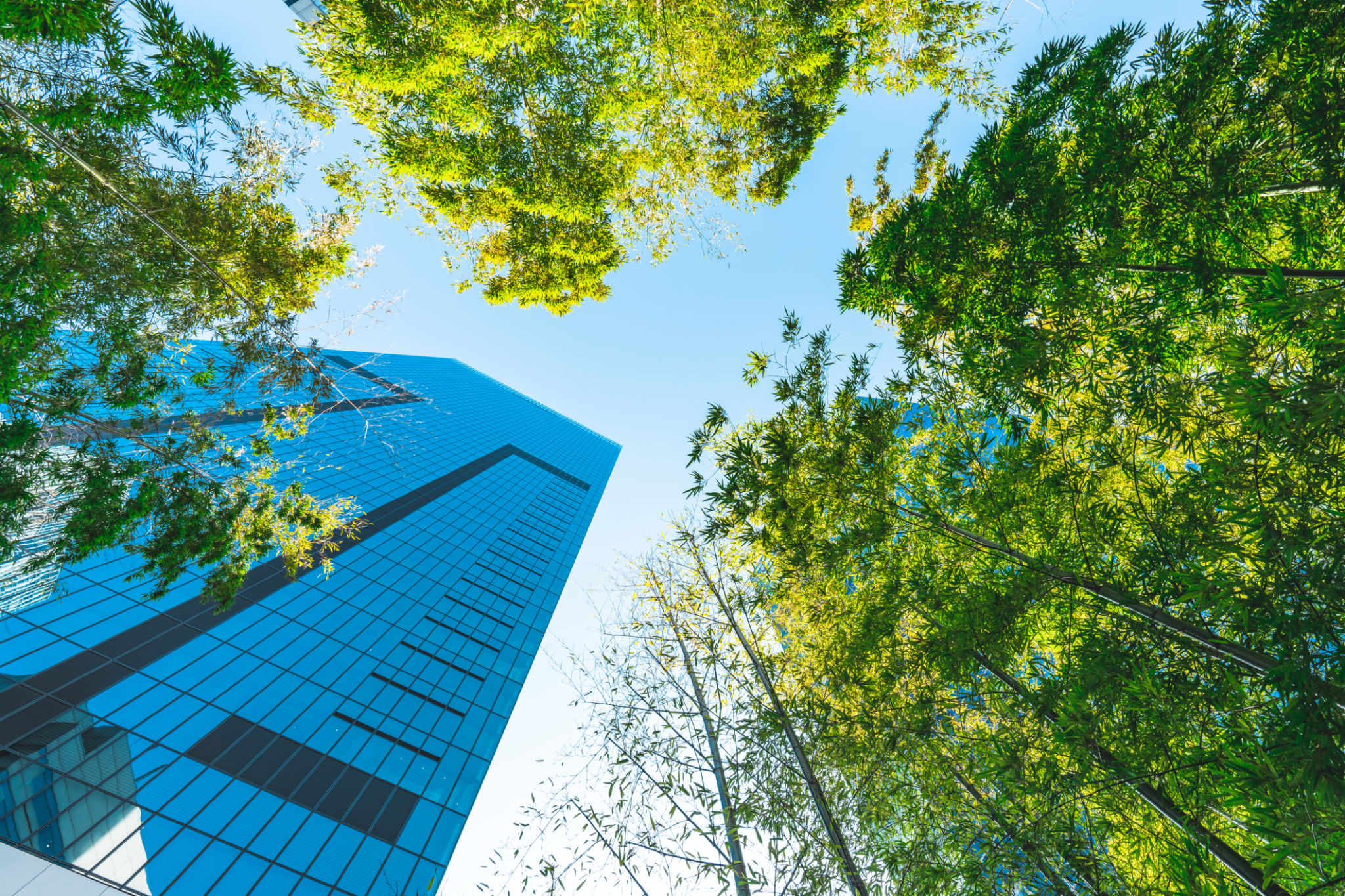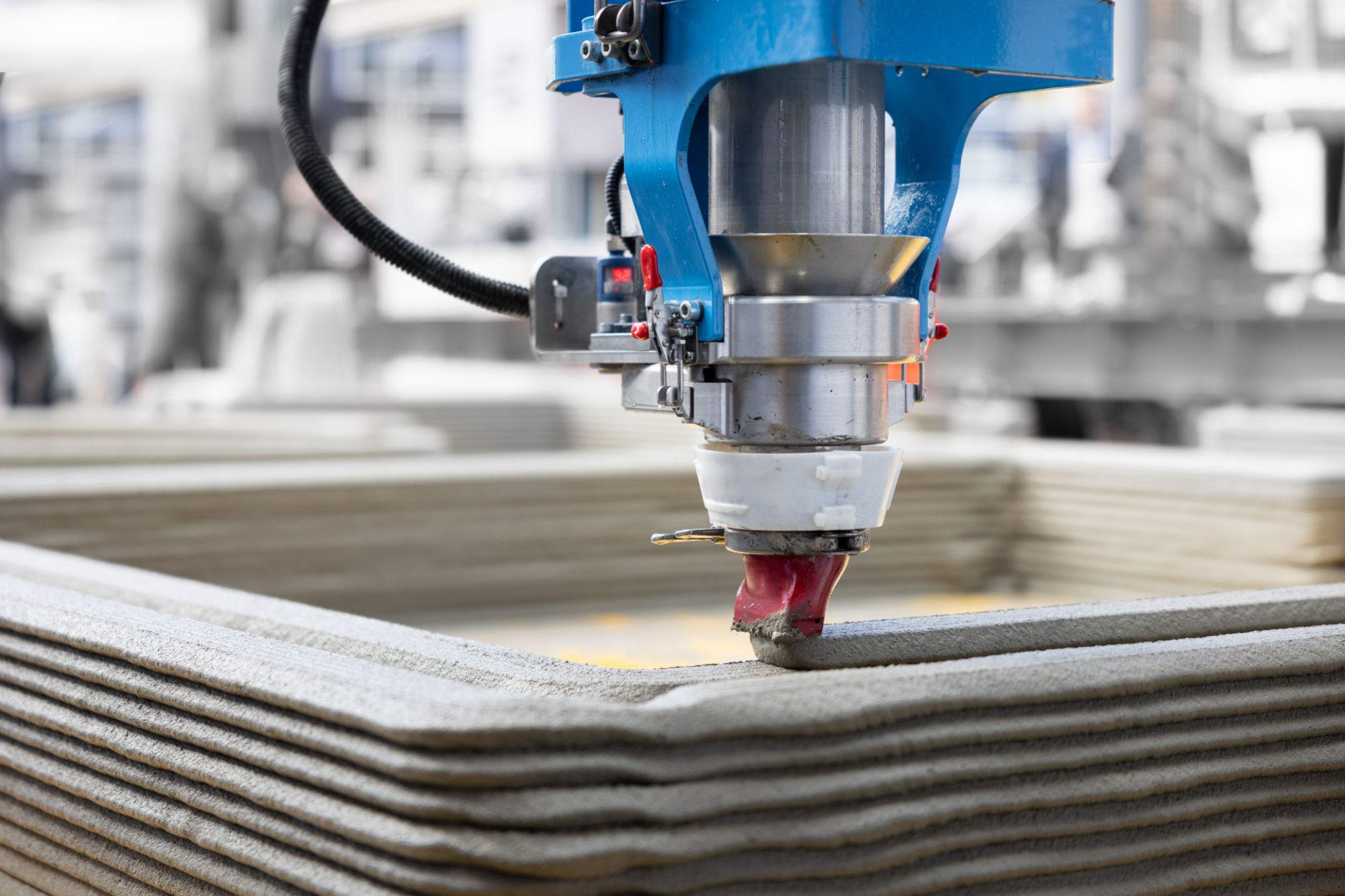Industry Trends in Building Materials: Innovations Shaping Dubai's Construction
YT
Introduction to Dubai's Construction Landscape
Dubai's skyline is a testament to its rapid development and ambition, with its construction industry continuously evolving to embrace cutting-edge trends. As a global hub for innovation, Dubai is at the forefront of adopting new building materials and techniques that promise to redefine modern architecture. This blog post explores the latest industry trends in building materials that are shaping Dubai's construction landscape.
Sustainable Building Materials
One of the most significant trends in Dubai's construction industry is the shift towards sustainable building materials. With increasing awareness of environmental concerns, developers are opting for materials that minimize ecological impact. This includes the use of recycled steel, bamboo, and reclaimed wood, which help in reducing carbon footprints while maintaining structural integrity.

Moreover, the integration of green roofs and living walls has become popular, providing both aesthetic appeal and energy efficiency. These innovations not only enhance the building's appearance but also contribute to reducing urban heat and improving air quality.
Innovative Concrete Solutions
Concrete, a staple in construction, is undergoing a transformation with the introduction of high-performance concrete (HPC) and self-healing concrete. HPC offers greater durability and strength, essential for Dubai's ambitious architectural projects. Meanwhile, self-healing concrete uses bacteria or chemical agents to repair cracks automatically, extending the lifespan of structures with minimal maintenance.

Additionally, 3D-printed concrete is gaining traction due to its ability to produce complex shapes and structures with precision and efficiency. This technology not only reduces waste but also accelerates construction timelines, making it particularly attractive in Dubai's fast-paced environment.
Advanced Glass Technologies
Glass has always played a critical role in Dubai's architectural identity, and recent advancements are enhancing its functionality. Smart glass, which can adjust its transparency based on external conditions, is becoming widely used. This technology improves energy efficiency by regulating indoor temperatures and reducing reliance on artificial lighting.

Moreover, innovations like photovoltaic glass are becoming more prevalent. This type of glass generates electricity from sunlight, offering an additional energy source for buildings and contributing to sustainable energy solutions.
Lightweight and High-Performance Materials
The demand for lightweight yet strong materials is rising as skyscrapers reach new heights in Dubai. Composites like carbon fiber-reinforced polymers (CFRP) and advanced aluminum alloys are increasingly utilized due to their exceptional strength-to-weight ratio. These materials facilitate the construction of taller buildings while ensuring safety and stability.
Their use also contributes to efficient transportation and installation processes, reducing overall construction costs and time. As a result, these materials are gaining favor among architects and engineers looking to push the boundaries of design.

Conclusion: The Future of Construction in Dubai
As Dubai continues to grow and evolve, its construction industry remains a beacon of innovation. The adoption of sustainable materials, cutting-edge concrete solutions, advanced glass technologies, and lightweight composites is transforming how buildings are designed and constructed. These trends not only enhance the functionality and aesthetics of structures but also align with global sustainability goals.
By embracing these innovations, Dubai is setting new standards in the construction industry, ensuring that its skyline remains a symbol of progress and modernity for years to come.
